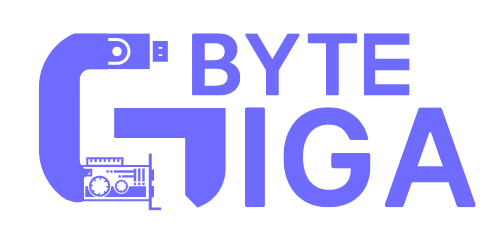In an era where digital innovation continuously reshapes the educational landscape, the merger of technology and pedagogy has given rise to a revolutionary concept: gamification in EdTech. Imagine a world where learning transcends the confines of traditional classrooms, where students embark on educational quests, earn badges of achievement, and collaborate with peers from across the globe.
Introduction to Gamification in Learning
Gamification of education is a developing approach for increasing learners’ motivation and engagement by incorporating game design elements in educational environments. With the growing popularity of gamification and yet mixed success of its application in educational contexts, the current review is aiming to shed a more realistic light on the research in this field by focusing on empirical evidence rather than on potentialities, beliefs, or preferences.
Benefits of Gamification in Education
Enhanced Engagement and Motivation
Traditional educational methods often struggle to keep students engaged and motivated. The challenge lies in making learning exciting and relevant to the digital-native generation. This is where gamification shines. By incorporating game-like elements such as points, badges, leaderboards, and interactive challenges into the learning process, EdTech platforms can transform seemingly mundane topics into thrilling adventures.
Improved Academic Performance
Research indicates that gamification and game-based learning can improve academic performance, engagement, and motivation in vocational education learners. As a result, this study suggests that more research is needed to determine the gamification strategies that are most suited for vocational education and learning.
Implementing Gamification in the Classroom
Understanding the Target Audience
Teachers and students need to be aware and accept to participate in any gamified form of learning introduced in the curriculum. Any possible risks that may arise should be made available to all participants prior to their participation. Also, educators should have an understanding of the target audience of the learners to maintain fairness.
Creative and Collaborative Learning
Gamification is about transforming the classroom environment and regular activities into a game. It requires creativity, collaboration, and play. There are numerous ways to bring games and game playing into the classroom to promote learning and deepen student understanding of subject matter.
Challenges and Considerations
Balancing Fun and Educational Value
Some teachers may criticize gamification for taking a less than serious approach to education. This may be a result of the historical distinction between work and play which perpetuates the notion that the classroom cannot be a place for games.
Ensuring Inclusivity
Educators need to ensure gaming elements and rules integrated in gamification design do not impair learners’ participation because of their social, cultural, or physical conditions.
Future of Gamification in Education
In response to it, other industries started using game-inspired elements to deliver an interactive user experience. The eLearning industry flourished by adding them to most training or educational programs. It resulted in the emergence of the second topic-related term, edutainment. Edutainment is a learning concept derived from education and entertainment that implies the distribution of educational content via an entertaining approach.
Quotes on Gamification
“Gamification is not just about playing games; it’s about transforming the way we learn and engage with information.”
Jane McGonigal
Beyond mere entertainment, gamification’s integration into educational technology holds the potential to ignite motivation, enhance comprehension, and nurture critical skills in learners of all ages.
As we look to the future, the potential for gamification in education is vast. By continuing to innovate and adapt these techniques, educators can create more engaging, inclusive, and effective learning environments for students of all ages.








